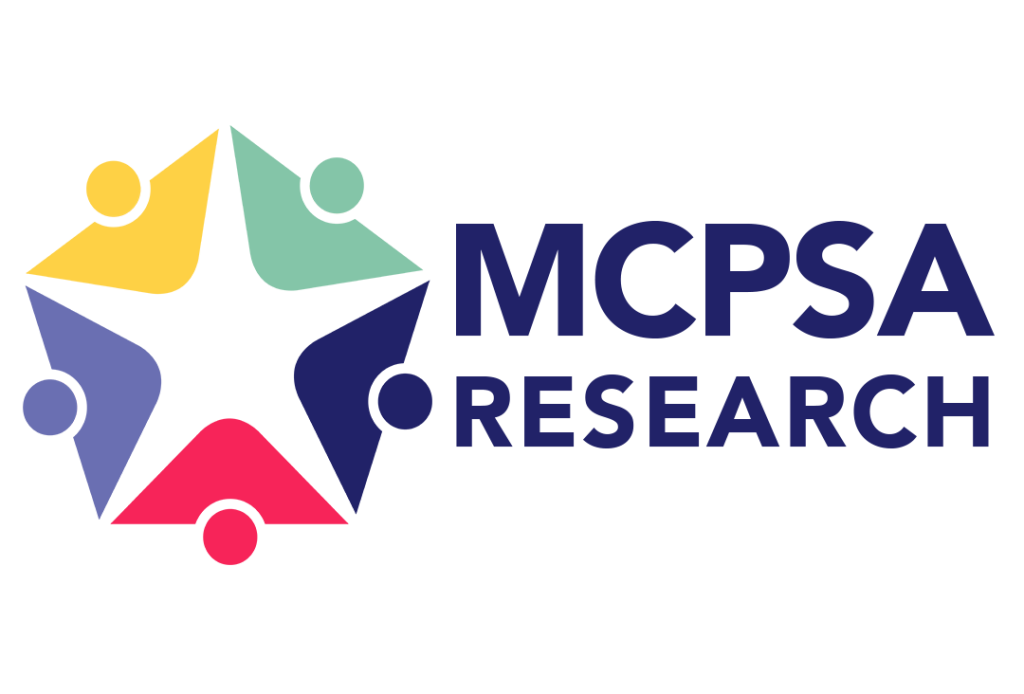SLU PRiME Center Research: Charter Schools Beating the Odds

Charter Schools Beating the Odds: Exceptional Growth in High-Poverty Communities
Missouri PRiME Center’s “Beating the Odds” reports several charter schools are demonstrating remarkable academic growth while serving predominantly low-income student populations. These schools are proving that high-poverty environments don’t preclude exceptional educational outcomes when measured by student growth rather than static proficiency rates.
Top Charter School Performers
Frontier School of Excellence-Middle stands out as the highest-performing charter in the entire study, ranking #1 statewide among middle schools for math growth with an exceptional PRiME Growth Score of 95.2. Despite serving a student body where 41.7% qualify for direct certification which means that these students families receive federal aid, this Kansas City charter is achieving growth that outpaces virtually every other school in Missouri.
Brookside Charter School demonstrates consistent excellence across grade levels, appearing in multiple top-20 lists:
- Middle School ELA Growth: #5 statewide (91.7 growth score)
- Elementary Math Growth: #19 statewide (90.9 growth score)
- Middle School Math Growth: #6 statewide (90.5 growth score)
Key Charter School Highlights
Strong EleMiddle (K-8) Charter Performance
Several charter schools serving elementary through middle grades are achieving exceptional results:
- Lee A. Tolbert Community Academy: #4 in ELA growth (90.2) and #12 in math growth (89.2), serving 381 students with 64.6% direct certification rate
- KC International-Wallace: #6 in ELA growth (89.3) and #4 in math growth (90.9), serving 647 students with 60.3% direct certification rate
- Genesis School Inc.: Appearing in both ELA (#17, 87.0) and math (#5, 90.5) rankings, serving 208 students with 71.8% direct certification rate
Dispelling the Poverty-Performance Myth
These charter schools exemplify the report’s central finding: that schools serving high concentrations of low-income students can and do achieve exceptional academic growth. The data shows:
- Charter schools in this analysis serve student populations where 26.7% to 71.8% qualify for direct certification. This means these schools are serving student populations where roughly 4-7 out of every 10 students come from families receiving federal assistance
- Despite these challenging demographics, these schools consistently outperform expectations when measured by academic growth
- Several charters appear multiple times across different grade levels and subjects, indicating sustained excellence
Related Posts

MCPSA Research: Enrollment Trends in Missouri Charter Schools. A 2019 – 2025 Analysis
Enrollment Trends in Missouri Charter Schools: A 2019-2025 Analysis Executive Summary Missouri’s charter school sector has undergone a significant transformation from 2019 to 2025, marked by notable patterns of growth […]